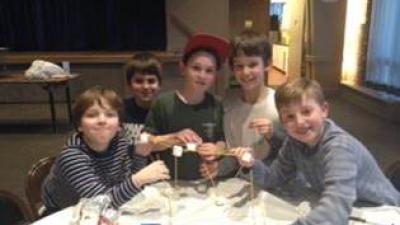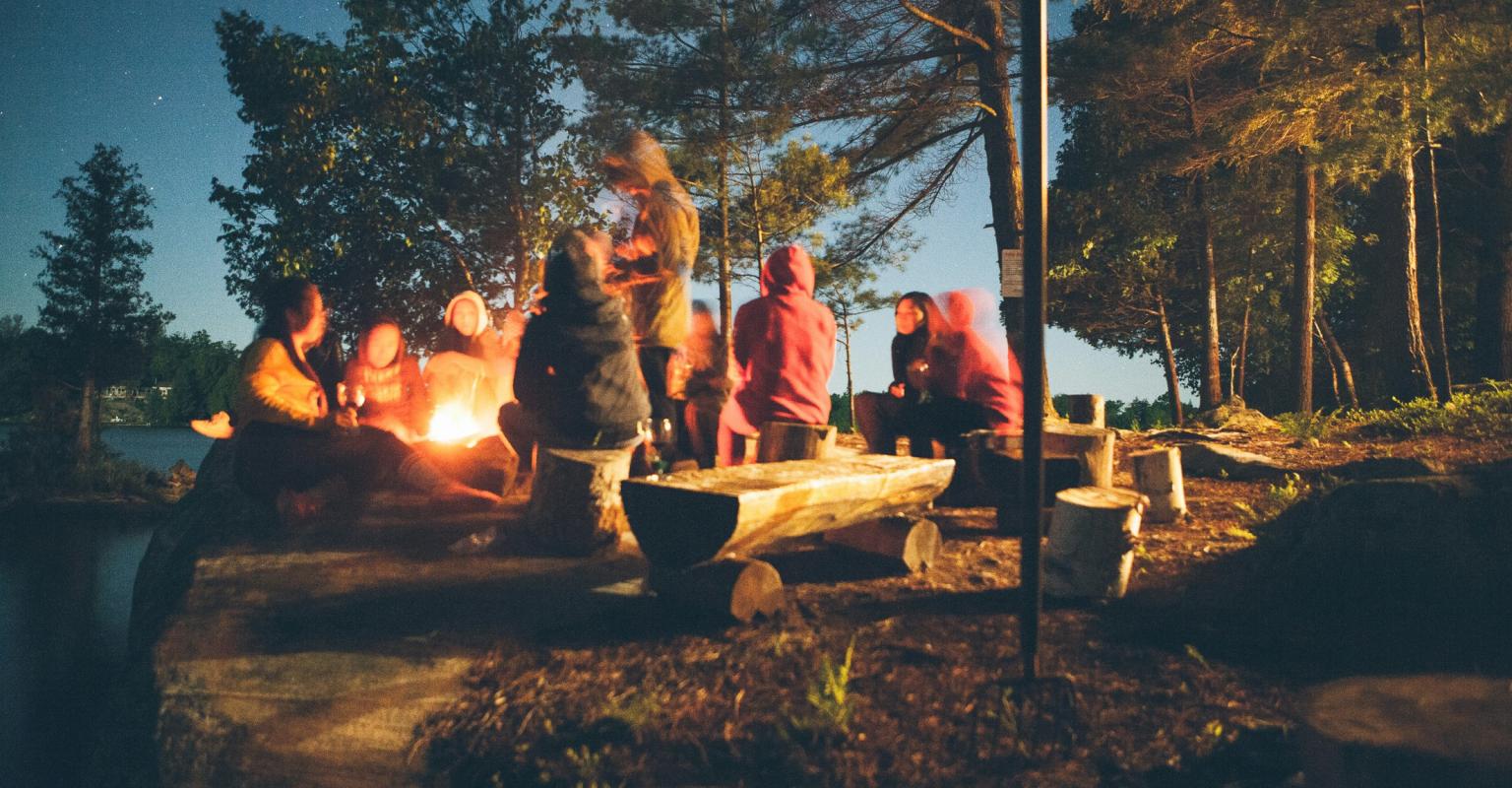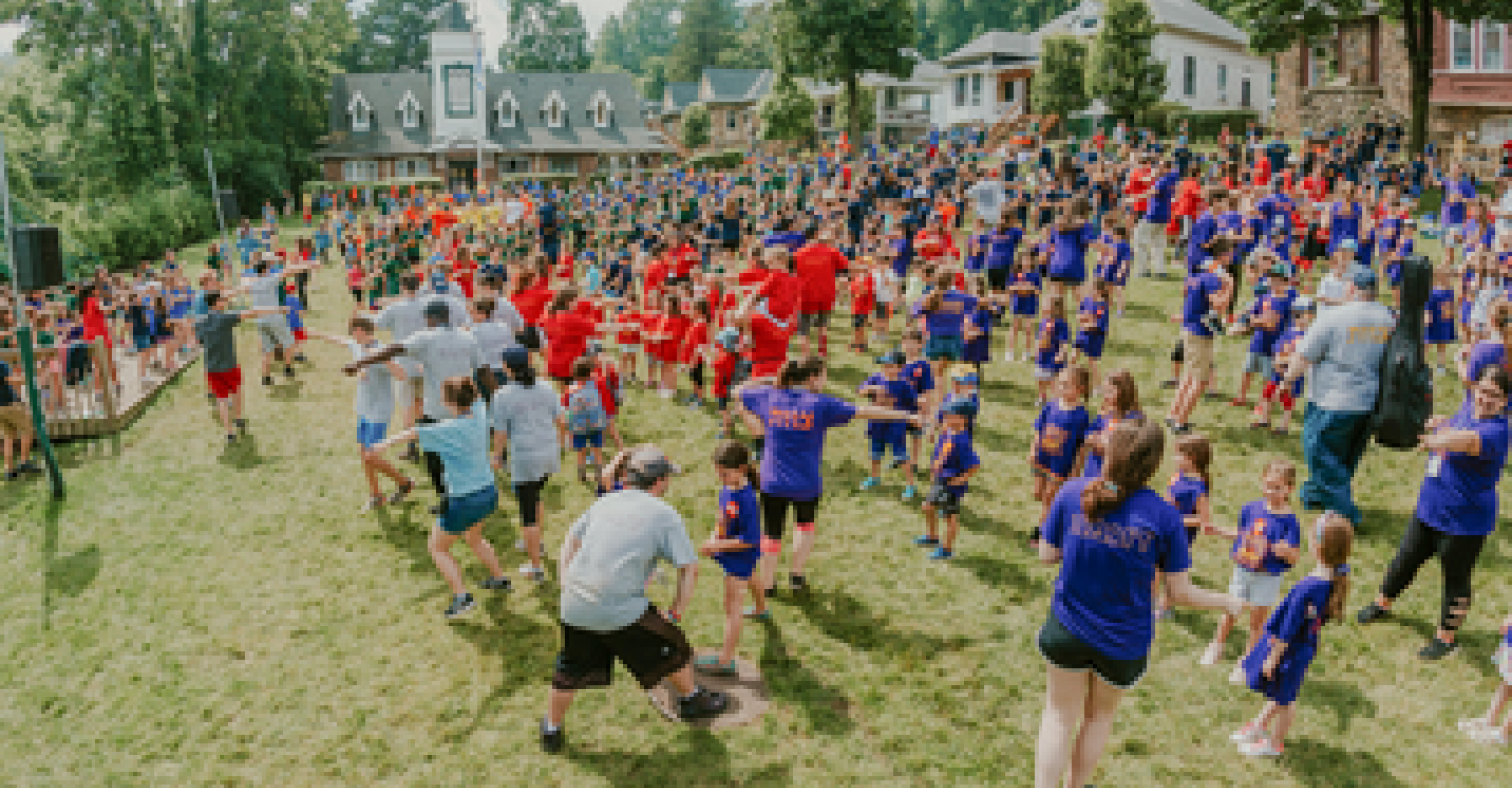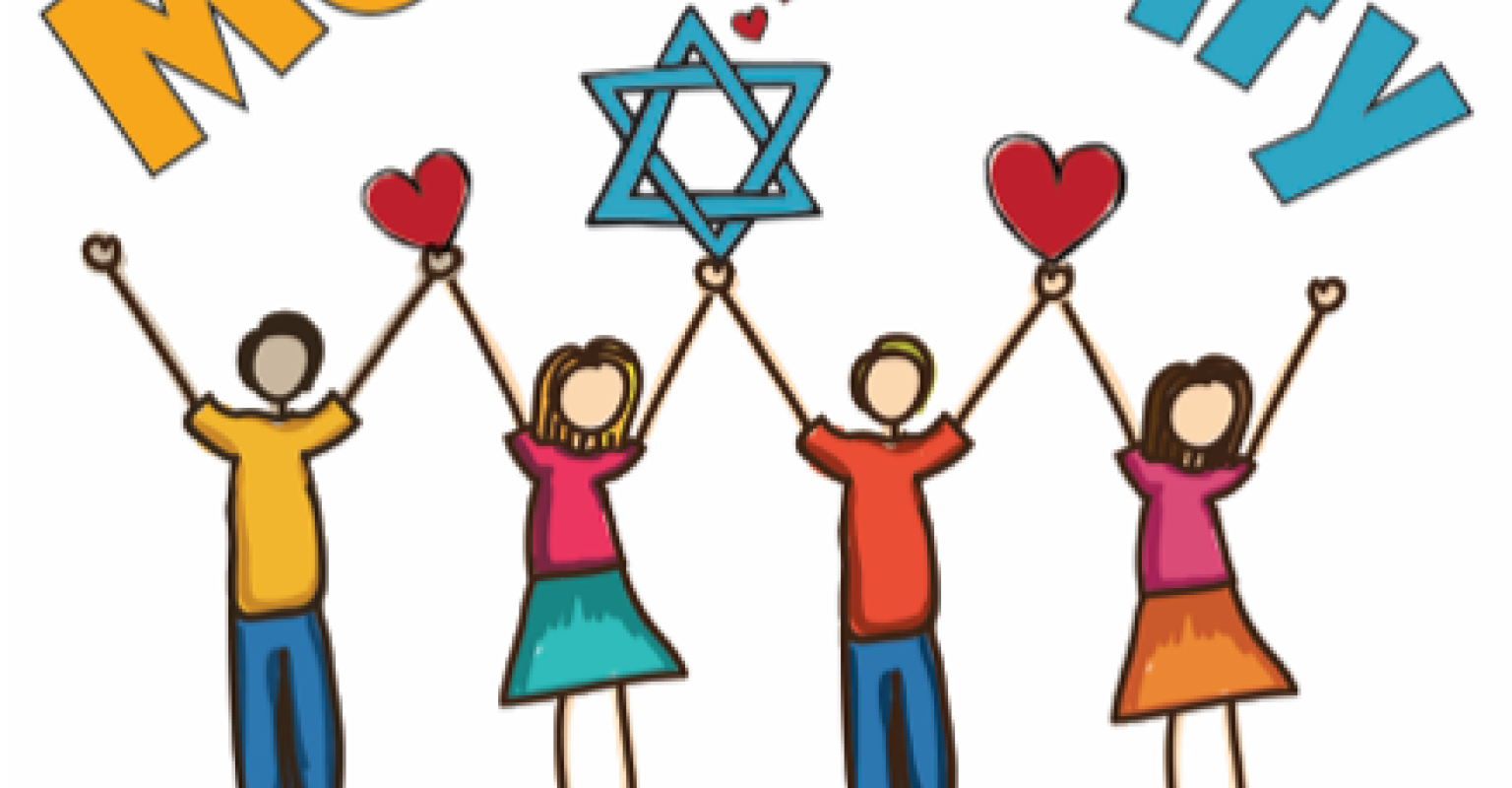Camp/Retreat Model: Chavaya
Temple Israel New Rochelle (TINR) New Rochelle, NY

Model Summary:
Chavaya is a camp-inspired model for all K-12th grade learners at Temple Israel of New Rochelle (TINR). Recognizing the impact that a Jewish summer camp experience can have on learners, TINR uses camp language, feel, and hands-on approach throughout the whole year of learning to inspire their learners. Chavaya is highlighted by a multi-age experience that divides students up into eidot (communities) and baytim (houses) to experience chuggim (electives) such as art, drama, and music.
Who are the Learners?
Learners are K-12 students and their parents. Each eidah (community) comprises about 60 children for every 2 grades (3rd and 4th etc.). Each bayit (house) has 12-15 mixed grade students from a single eidah (for example, 12-15 mixed 3rd and 4th graders from the Nitzanim eidah).
Who are the Educators/Learning Facilitators?
Morah, madrichim (counselors), manhigim (leaders), clergy, education director. Learning facilitators are a combination of trained staff and prepared high school students.
When Does the Learning Happen?
Sundays, Tuesdays, Thursdays, Shabbat depending on grade level.
Where Does the Learning Happen?
Much of the learning uses the full campus of the congregation, both inside and outside putting emphasis on experiences outside of the classroom.
What is the Learning? How is it Designed?
TINR’s hope is that by the time a participant has been through the entire program culminating in graduation from their High School program, he or she will be acquainted with prayerbook Hebrew, Bible, Israel, Jewish rituals, holiday and life cycle customs, Jewish values, ethics, theology, and the Holocaust. An important feature of the overall curriculum is the experience of Jewish life and culture through the arts, including music, storytelling, art, food, and film. The Judaic Studies portion of the program promotes the free expression of ideas and questions about Jewish identity and the role of religion in a person’s life. Youth in the Kindergarten-2nd grade groups experience conversational Hebrew integrated into their curricular topics.
What Were You Trying to Achieve with this Model?
The religious school needed a new creative, innovative model to keep the community interested and refreshed.
Key First Steps and Recruitment Plan:
-
There is an information day for prospective Chavaya families in the spring.
-
Chavaya is also advertised via word of mouth.
- Kehillah (the Early Childhood) advertises for and feeds into Chavaya.
Role of governance and Clergy:
-
Rabbi Beth Nichols works directly with the Education Director on the curriculum.
-
Rabbi Scott Weiner is also involved in vision for curriculum and teaching.
-
The cantor does shirah and trope.
- Clergy teach in high school.
Budget:
-
The overall budget of $415,000, includes salaries (Note: These figures reflect the cost of the entire educational model for a large congregation.)
- $172,000 towards faculty
Hiring Needs:
Camp and youth group people are the ideal educators. It is not necessary that they have gone camping, just that have an open mind and the desire to be a part of a learning model that is not traditional or text-book based.
Relationship of Model to Congregational Learning System:
Chavaya is the only/entire learning model for the congregation.
How Do You Describe Your Congregation?
Reform, 700 families, two Rabbis, one Rabbi Emeritus, one Cantor, one Cantor Emeritus, Education Director. The educational philosophy that guides Chavaya is L’dor v’dor. That each generation passes down wisdom and values to the next generation.
Supplementary Materials Include:
-
Nitzaneem Ner Tamid Learning Plan
-
Nitzaneem Prophet Election Learning Plan
-
Shorasheem Learning Plan
-
Shorasheem Joseph Reunites with Brothers Learning Plan
-
Shorasheem Joseph the Dreamer Learning Plan
-
Shorasheem 17 3-2 Lesson Plan Including Schedule of Learning
(Text study based on “Children’s Bible”)
-
- Models-In-Action
- Innovation and Tech
- Nature-Based Learning
- After School and Beyond
- Congregational Learning
- Teen Engagement
- Educator Training
- Family Engagement
Discover more

The Camp/Retreat Model provides learners with intense, immersive Jewish learning environments.

Rabbi Ami Hersh and David Bryfman explore the magic of Jewish day camps.

Mensch-ify is an alternative learning program that is held twice a month for families with children in Pre-K to 6th grade. It is a developmentally appropriate program, built upon the parent-child co-learning experience, that combines stories, songs, art, movement, and play to provide families with the tools they need to live a Jewish life that works for them.
